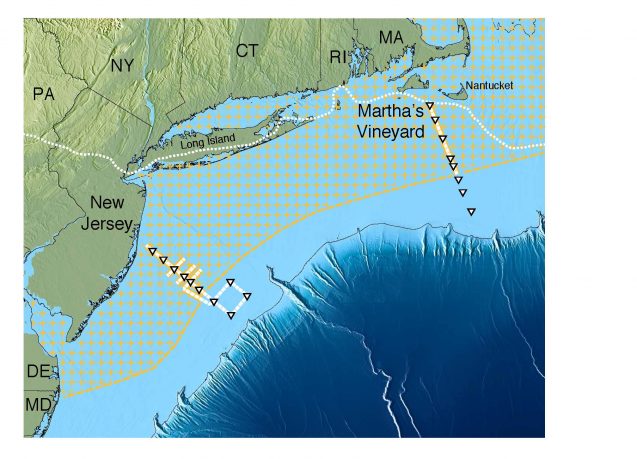
Water shortages are deepening around the world, including Chennai, India, Cape Town, South Africa, and Karachi, Pakistan. In the midst of this, it is said that a huge aquifer was found in the water near the east coast of the United States in a state of freshwater.
It was in the 1970s when I learned that there seems to be fresh water on the sea floor. It was regarded as a really strange phenomenon as fresh water gushed out during the drilling of an undersea oil field. However, the scale was not well known. A research team centered on the University of NY Columbia began exploring the seabed in 2015, and as a result, it is said to be 200m deep and 80km wide, with an estimated quantity of 739 trillion gallons, equivalent to 2,797 trillion 419.3 billion liters. If the results of this study are true, it is the largest in the world.
If this quantity is corrected as a lake, it can be said to be a huge lake covering 38849 km2. For reference, the area of Lake Baikal in Russia is 31,722 km2.
The research team explains that although it is known that there are submarine aquifers around the world through oilfield drilling by continent, the only thing that can be known through drilling is points.
The undersea exploration also looked around the island of Marth’s vineyard, where a freshwater aquifer was identified through a mathematical model, starting from the New Jersey coast, which was the previous drilling report point. Two EM methods were used here. Measuring electromagnetic waves while placing a receiver on the sea floor and towing a transmitter on a ship. Seawater has a better electric distance than freshwater, so it is said that the type of water can be determined by looking at EM data.
You might think it’s strange that there is fresh water at the bottom of the sea. In the Ice Age, water evaporated with a terrifying momentum and the sea level was low, and the seabed was exposed. There are many places in the current continental shelf that were land at the time. It was covered with glaciers all the way to near Matas Vineyard Island in North America and could have melted rapidly at the end of the Ice Age and buried in the sea. Of course, this survey also confirmed the inflow of fresh water from the new regiment, which is believed to have entered groundwater from the land close to the land.
If the traces of melting ice remain like this, it means that it is a limited resource that can only be used once. Also, since salt content is not completely zero, salt removal is also necessary. In fact, there are many difficulties in using it in a practical way, even where it is troubled by the lack of water resources. Related information can be found here .


